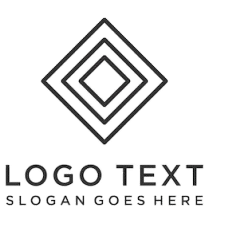Preparing a Direct-to-Consumer Brand for Exit



More Than 2K + Clients
Case Study
Preparing a Direct-to-Consumer Brand for Exit
- Client: Premium Skincare Brand (DTC), UK
- Revenue: £1.8M annually
- Service Pathway: X-Ray → Exit Accelerator
- Timeframe: 4 months to deal-ready
The Challenge
A founder-led skincare brand had achieved impressive traction through TikTok virality, influencer partnerships, and recurring subscription sales. With 65% of revenue coming from repeat customers and three strong hero products, the business had momentum — but no backend structure to support an exit.
The founder was approached by a boutique VC with interest in acquiring a majority stake — but quickly realised they were unprepared:
- No proper valuation model
- No documented supply chain or ops workflows
- No clean, investor-ready financials
- No data room or buyer materials
“The business was valuable, but I had no idea how to prove it — or how to price it.”
The Process
We began with a fast-track X-Ray, which revealed:
- The brand had strong fundamentals (CAC, LTV, margins)
- Operations and logistics were mostly in the founder’s head
- Financials were inconsistent, with no monthly management reports
- There was no positioning strategy or pitch narrative for investors
Within 3 weeks, we developed a complete Exit Blueprint:
- Reconstructed key financials (gross margin, 12-month EBITDA)
- Documented the entire supply chain — including key risks
- Created a full pitch deck, brand narrative, and buyer profile targeting
- Built a secure data room with audited reports, contracts, supplier terms, and ad performance data
- Introduced an interim CFO to handle investor queries and model valuations
By month four:
- The business had a full investor-ready profile
- A clear valuation narrative was built (5.6x EBITDA multiple, justified by brand metrics)
- Multiple buyer conversations were initiated (including the original VC and two private investors)
- The founder received two offers — one of which they accepted, retaining 35% equity with a clear 3-year earn-out
“Without Ninepoint, I would’ve given up half the business for half the value. They made me look like a seasoned founder — and gave me leverage I never would’ve had.”
